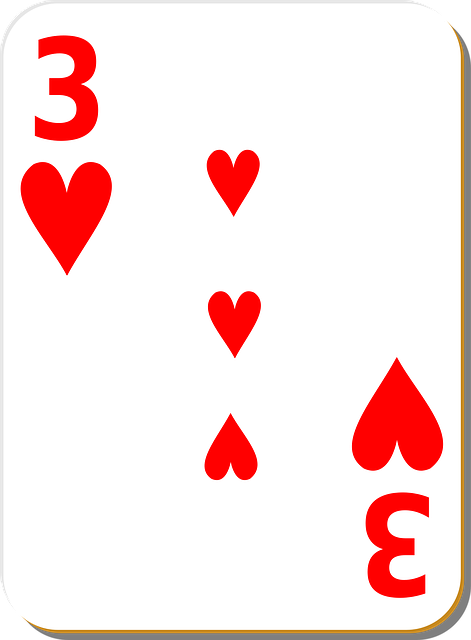Understanding betting odds is key for sports gambling. Odds represent event probability, expressed as fractions (e.g., 2/1), decimals (3.0), or American style (+/-). Decimal and fractional odds show win potential, while American odds indicate relative gains. Knowing these formats empowers strategic wagering and informed decisions.
Betting odds, a fundamental concept in sports gambling, represent the likelihood of an event occurring. This article provides a comprehensive guide to understanding betting odds explained, breaking down complex ideas into simple concepts. We’ll explore basic principles, delve into calculating odds using probability, and unravel different types encountered in various wagers. By the end, you’ll be equipped with the knowledge to make informed decisions, maximizing your potential wins in the world of sports betting.
- Understanding Basic Betting Odds Concepts
- Calculating Odds: Probability in Play
- Different Types of Betting Odds Explained
Understanding Basic Betting Odds Concepts

Understanding basic betting odds concepts is essential when delving into the world of sports gambling or any form of wagering. Betting odds represent the likelihood of a particular event occurring and are expressed as a ratio or fraction. They serve as a crucial tool for gamers to evaluate risks, make informed decisions, and potentially enhance their winnings.
For instance, if you place a bet on a team winning a game with odds of 2/1 (also written as 2:1), it signifies that for every unit wagered, you stand to gain two additional units if your prediction comes true. This simple concept forms the backbone of betting strategies, enabling folks to navigate the intricate landscape of games and outcomes.
Calculating Odds: Probability in Play

Calculating betting odds is at the heart of understanding how much money you could win, or potentially lose, on a wager. The odds represent the probability of an event occurring and are expressed in various formats, commonly as fractions, decimals, or American style (also known as moneyline).
For instance, if you place a bet on Team A to beat Team B with odds of 2/1 (or 3.0 in decimal form), it means that for every unit bet, you’ll receive an additional two units in return—a potential profit multiplier. This calculation is based on the likelihood of the event: if the odds are 2/1, it suggests a 67% chance of success for Team A.
Different Types of Betting Odds Explained

Betting odds are a fundamental concept in gambling, offering valuable insights into the potential outcome of an event. They take various forms, each presenting different information to bettors. The most common types include decimal (or European) odds, fractional (or British) odds, and American odds.
Decimal odds provide the simplest representation, showing the probability of an event occurring as a decimal fraction. For instance, a 2.50 decimal odd suggests that for every £1 bet, you could win £2.50 if your prediction is correct. Fractional odds, on the other hand, express the potential payout as a ratio of the stake. For example, 1/2 (or 2/1) means for every £1 staked, you’ll receive £2 in winnings if successful. American odds, denoted with a plus (+) or minus (-), indicate the amount you stand to gain relative to your bet. A +150 odd means for every £1 bet, you’ll earn £150 in additional winnings. Understanding these formats equips bettors with the knowledge to make informed choices and strategically place their wagers.
Betting odds, a fundamental concept in the world of sports gambling, offer valuable insights into the probability of an outcome. By understanding different types and calculating probabilities, bettors can make informed decisions. Through this guide, we’ve explored basic concepts, learned how to interpret odds, and discovered various formats used in the industry. Now armed with knowledge, you’re ready to navigate the landscape of betting odds explained and enhance your gambling experience.






